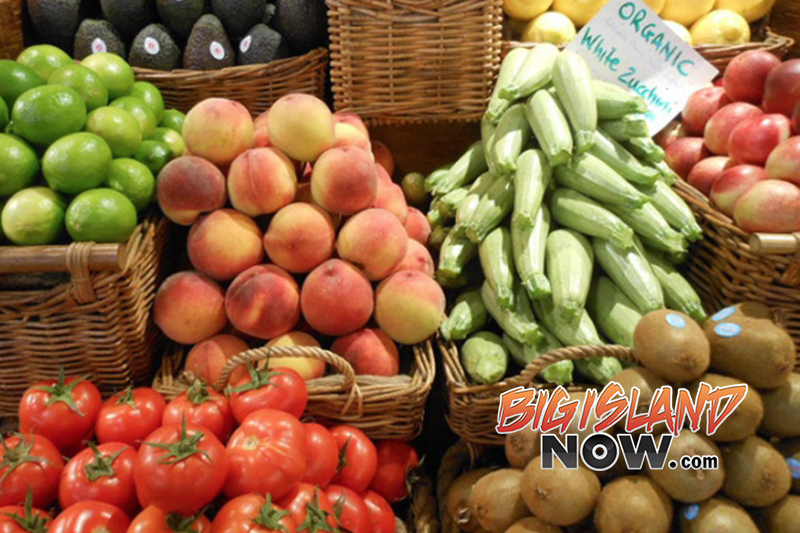EPA Helps Communities Grow Local Food Economy, Spur Revitalization
 Today, the U.S. Environmental Protection Agency released a new toolkit to help communities interested in using local foods to support downtown and neighborhood revitalization.
Today, the U.S. Environmental Protection Agency released a new toolkit to help communities interested in using local foods to support downtown and neighborhood revitalization.
The Local Foods, Local Places toolkit includes step-by-step instructions for community-led workshops that allow local officials, community groups, businesses and citizens to explore the benefits of using farmers markets, community kitchens and other food-related enterprises to revitalize communities and develop action plans for pursuing those goals.
“EPA is excited to help more communities grow their local food economy,” said EPA Administrator Scott Pruitt. “By investing in local foods, communities can preserve farmlands and protect the environment while bringing new jobs and business opportunities to main street.”
The toolkit, which includes best practices and case studies, is based on resources offered through the federal Local Foods, Local Places technical assistance program. Since launching in 2014, EPA, in cooperation with the U.S. Department of Agriculture, the Centers for Disease Control and Prevention, the U.S. Department of Transportation, the U.S. Department of Housing and Urban Development, the Appalachian Regional Commission, and the Delta Region Authority, has conducted Local Foods, Local Places workshops for 77 communities from among nearly 800 applications. This new toolkit equips more communities to conduct their own workshop in preparation for growing their local food economy to support downtown revitalization.
Across the country, more communities are investing in local foods. According to USDA, the number of farmers markets has grown from about 1,750 in 1994 to more than 8,600 in 2016, a fivefold increase. Local food systems are a growing business opportunity. Locally produced food sales were estimated at $12 billion in 2014 and are expected to exceed $20 billion by 2019. When local food production is harnessed to help spur downtown revitalization, it helps communities achieve multiple goals, including improving the environment and public health and saving natural and economic resources by making efficient use of existing buildings and infrastructure.
To learn more about Local Foods, Local Places, click here.






